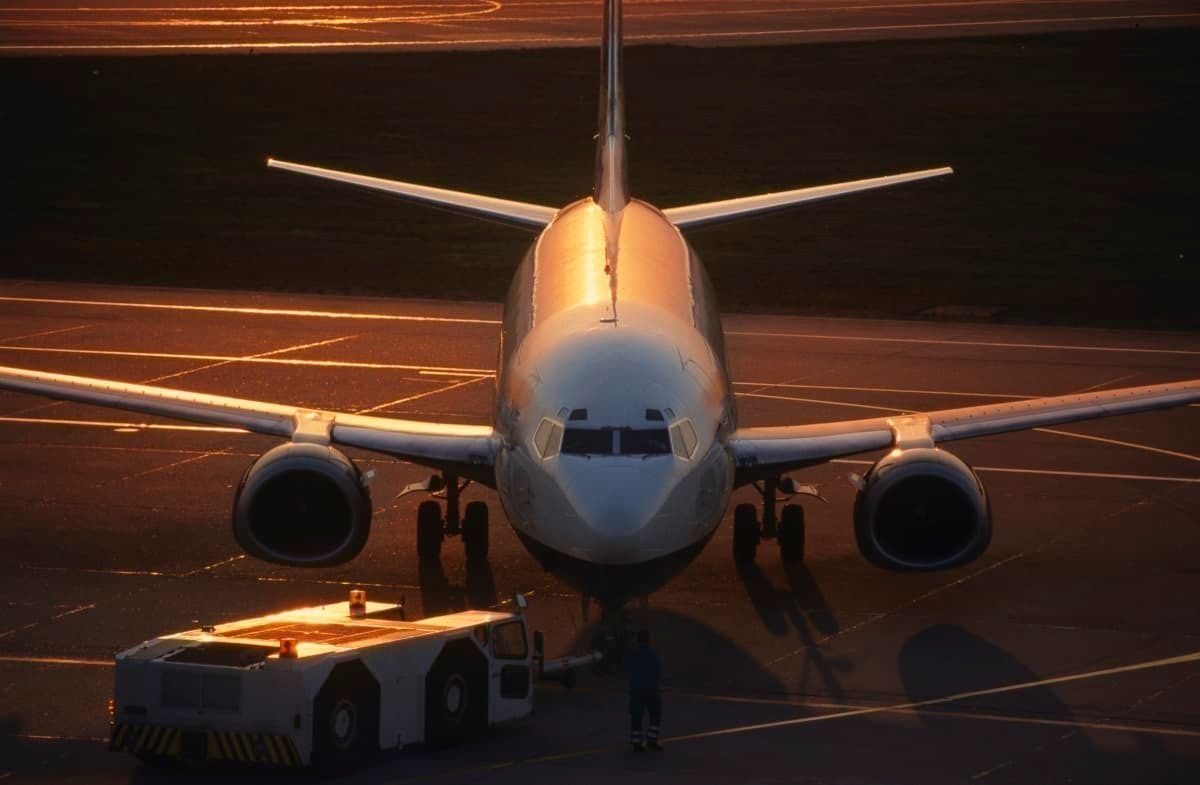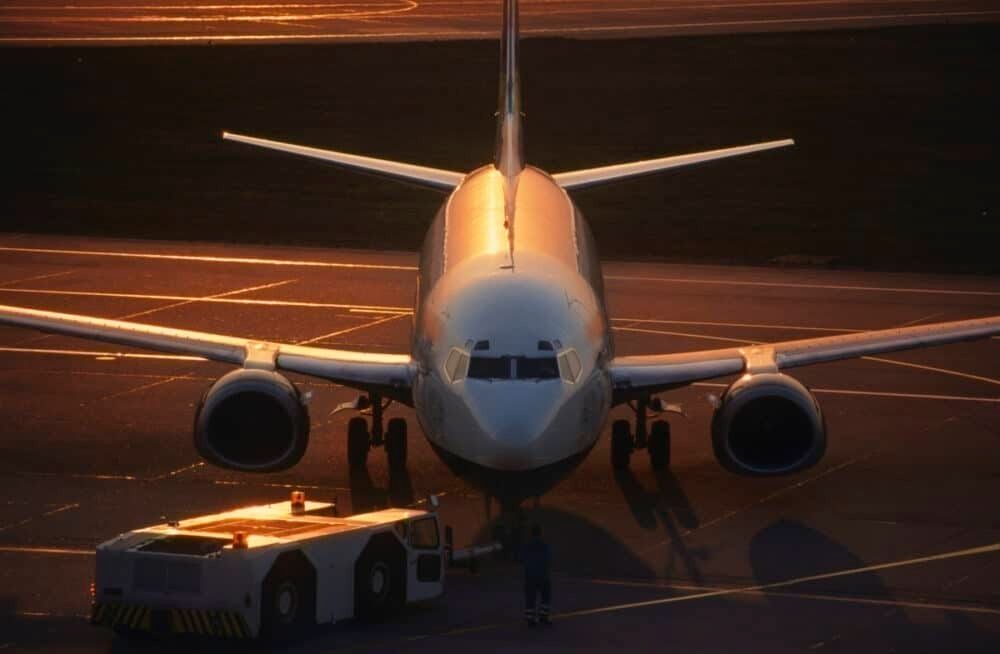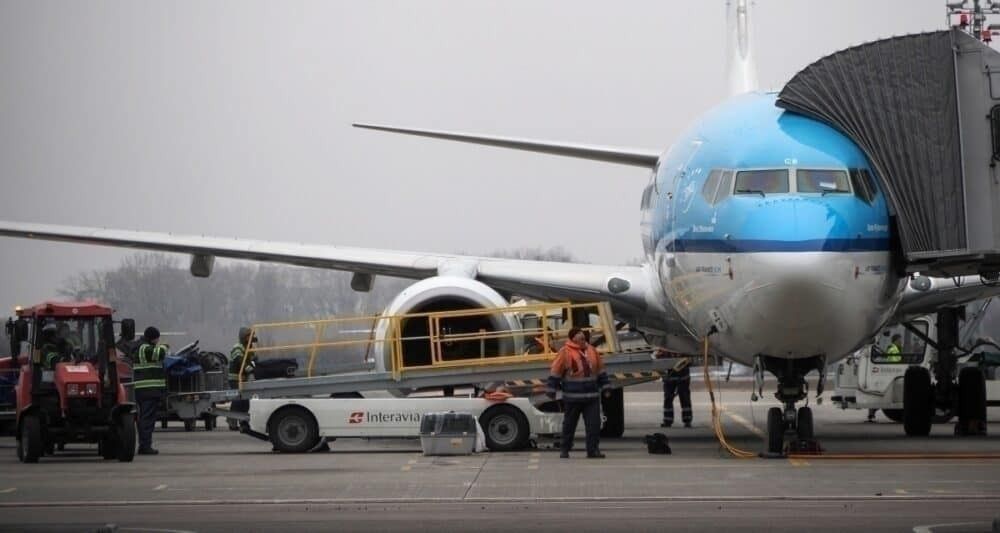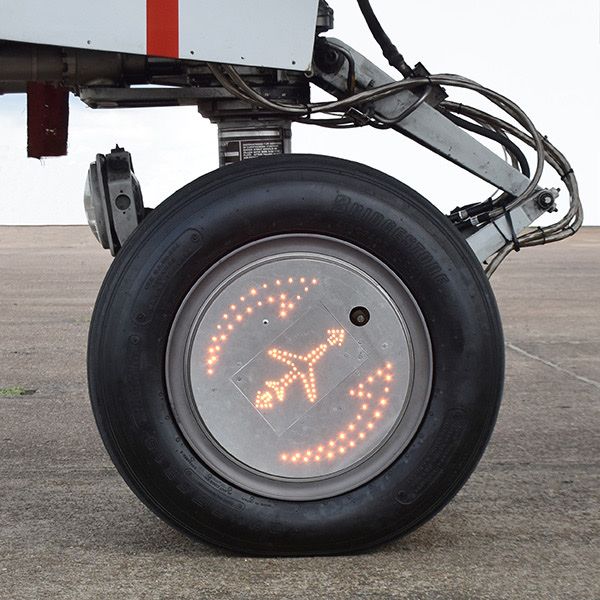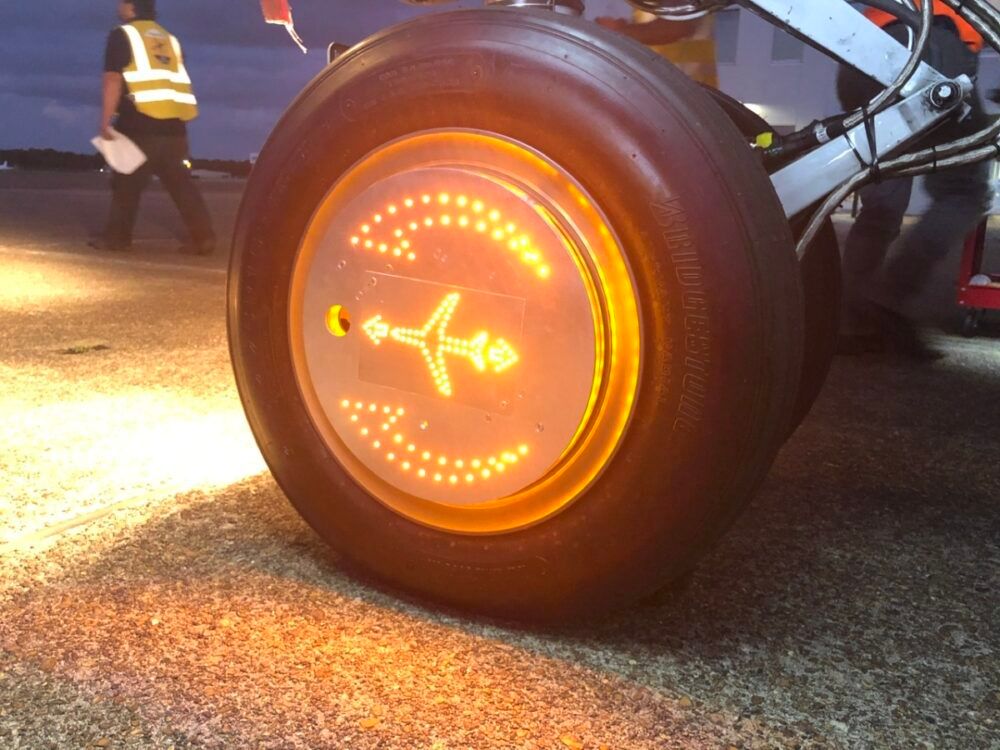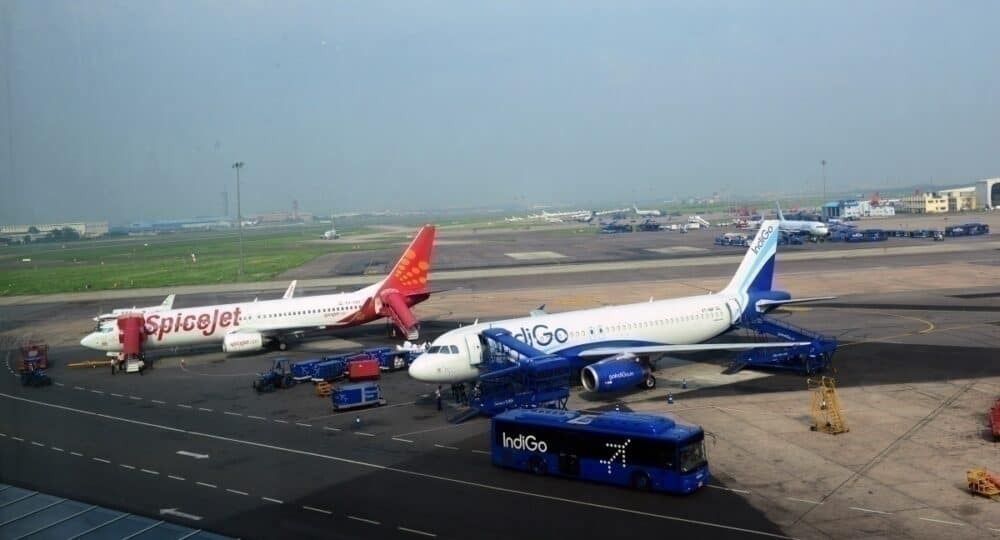Yesterday, we covered how aircraft towing can be a costly process for airlines. With carriers looking to make the pushback procedure more efficient, they are seeking the help of new technologies. WheelTug is a company that is working on a system that will revolutionize the process this decade.
Plenty of interest
The firm is determined to make ground operations faster, safer, and more straightforward. Therefore, it is introducing an in-wheel electric taxi system. This innovation allows planes to taxi forward and backward without requiring a tow tractor or using principal jet engines.
Simple Flying had the pleasure of speaking with WheelTug CEO Isaiah Cox about his company's project. The initiative traces its roots back to over a decade ago, with several years of planning and testing. However, the hard work will soon finally pay off as the system is set to enter service in early 2022.
Stay informed: Sign up for our daily aviation news digest.
There are a wide range of airlines waiting to use WheelTug. The firm currently has a backlog of over 2,200 aircraft. Most of the planes lined up are narrowbodies, as approximately two-thirds are Airbus A320s, and most of the remaining units are Boeing 737s.
Some of the various customers of the product include KLM, Alitalia, and Ethiopian Airlines. However, the single biggest client when it comes to volume is IndiGo, as the Indian outfit is also Airbus's largest A320 customer. Nonetheless, there are several other carriers across the continents that are ready to implement WheelTug's system.
Savings to be had
It's not a surprise that operators are seeking alternatives to the taxi process. Cox highlights that between seven minutes in hard time and 15 minutes in schedule-block time can be saved with WheelTug. Moreover, 13 minutes can be unlocked by using two doors and getting passengers on and off much quicker.
Thus, airlines could bank considerable amounts of money as a minute for an aircraft might be worth $100. Therefore, if a carrier can cut 15 minutes while on the ground, they have saved $1,500.
During a time when every penny counts, these sorts of savings could be crucial for airlines. Last year, the average profit for a narrowbody operator across the globe was under $100 a flight. So, during the present uncertain period in the industry, carriers will be looking to make up the costs across their services.
It's all about timing
Cox said that his firm had developed brand new technologies that have never existed before to make this system possible. Altogether, he emphasizes that the primary goal is to save time.
"The WheelTug system that drives the aircraft has a motor that's less than three inches wide, and that's not a trivial thing to do. So, we've been developing the technology, we've been developing the certification work and added the camera system. We developed, by the by, the nose wheels that we're replacing. And the new one is a titanium wheel," Cox told Simple Flying.
"It will actually be the first commercial titanium aircraft wheel in the history of aerospace, which is kind of cool. And, of course, understanding the business model - that it's not about fuel. It's about saving time, and the time is the whole reason we fly in the first place. It took a long time to actually kind of wrap our heads around it because the industry usually thinks in terms of fuel savings."
Additional benefits
Despite fuel savings not being the driving force behind the mission, there are still positive consequences when it comes to this aspect with the use of WheelTug. Cox stated that there are $50 to $60 in fuel savings.
He added that when airlines don't run the engines on the ground, they don't pick up FOD as much, and they end up with better cycles. Engines are healthier in cruise, but they are not healthy in ground taxi. So, reducing the engine hours on the ground but also reducing the throttle forward greatly reduces the vortices that cause engine wear. Therefore, in places like India and Dubai, being able to minimize sand ingestion is valuable.
Above all, the firm wants to save time to allow aircraft to be doing what they're supposed to be doing, which is flying. It is hard for carriers to predict how long it will take to take off after an aircraft door closes due to the unpredictable nature of ground operations. However, WheelTug has the opportunity to give greater accuracy to these processes.
Seeing the plan in action
The company will be demonstrating its system in Memphis on Tuesday, September 15th. It will drive a plane around using the WheelTug built-in wheel. The firm is going to show both the ordinary pushing operations but with a twirl. The aircraft will go back a couple of feet and then pirouette 180 degrees at the gate and drive out, which will show what maneuverability can be had by an electric-wheel-drive nose wheel.
[EMBED_VIMEO]https://vimeo.com/448367130[/EMBED_VIMEO]
Also, the outfit will perform another operation called the twist. This process will see the plane driving into the gate area and turning sharply until the unit is parallel to the terminal. The aircraft will then be fed with two doors. The events will be streamed online throughout the day for the public to watch. Register at WheelTug's website to see the system in action.
What are your thoughts about WheelTug's project? Do you feel that this is a good system to help airlines improve efficiency on the ground? Let us know what you think of the product in the comment section.

